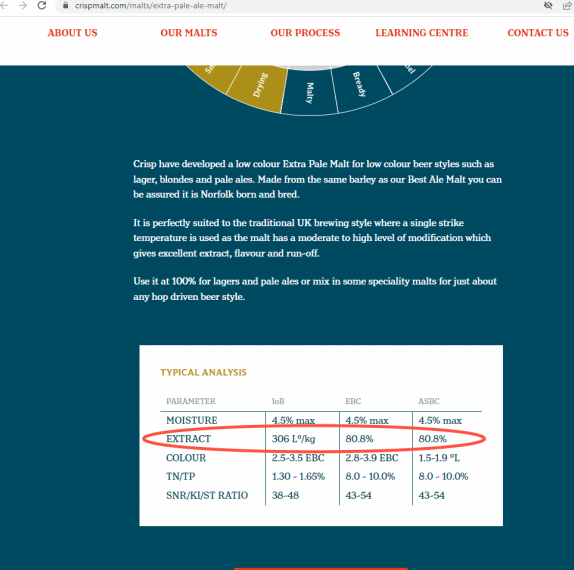Hello,
I seem to be unable to find the diastatic power of Crisps malts from their website, for example:
https://crispmalt.com/malts/extra-pale-ale-malt/
Does someone know how/where to get the diastatic power for their malts in degrees Lintner?
Thanks, Roger.
I seem to be unable to find the diastatic power of Crisps malts from their website, for example:
https://crispmalt.com/malts/extra-pale-ale-malt/
Does someone know how/where to get the diastatic power for their malts in degrees Lintner?
Thanks, Roger.













































![Craft A Brew - Safale S-04 Dry Yeast - Fermentis - English Ale Dry Yeast - For English and American Ales and Hard Apple Ciders - Ingredients for Home Brewing - Beer Making Supplies - [1 Pack]](https://m.media-amazon.com/images/I/41fVGNh6JfL._SL500_.jpg)













